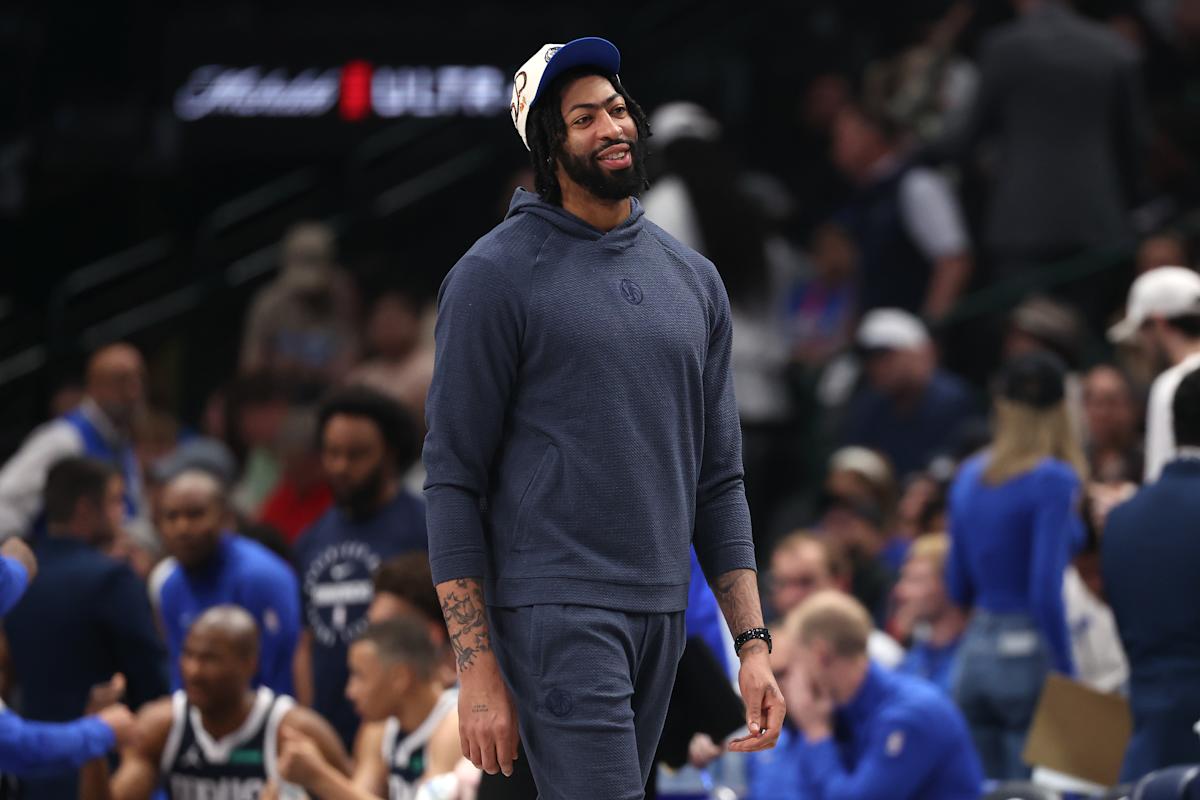Best Off Season Golf Exercises to Improve Your Game Year-Round
November 18, 2025
By Mike Bailey
If you’re lucky or unlucky enough to live in a climate where the courses close down for a few months when it gets cold, you don’t have to totally mothball your golf game before the upcoming season. In fact, you can look at it as an opportunity to get better, even if you don’t get to play this winter.
And if you do live in an area where you can play year-round, the following can apply to you, too. Chances are, you play less in the wintertime (after all, the days are shorter), so it would be a good time for you to get your golf game in better shape through workouts and exercise.
If you’ve never regularly done exercises that specifically help you to play better golf more pain-free, it’s never too late to start. If you have in the past, and haven’t lately, maybe it’s time to get back on the horse. In any event, we’ve identified 15 exercises and workouts you can do during the offseason that, if you do them regularly, would have a positive impact on your game.
With that said, before diving into any of this, be sure to start slowly. Some of these exercises involve weights, so start with lighter weights or no weight at all and build up. (You don’t really want to experience much muscle soreness or pull a muscle.)
1. Walking
It seems simple enough, but getting into a regular walking routine over the offseason can help build endurance, promote weight control, and just help keep you healthy. And, of course, if you like to walk when you play golf, why not keep walking during the offseason? After all, during 18 holes of golf, it’s not uncommon to walk more than six miles, often carrying your bag or using a push cart.
For an added benefit, you could consider using a weight vest while walking. The recommended amounts of walking, of course, vary greatly depending on your age (if you’re young, a running program might be right for you), and your fitness level. But if you can get between 10 and 15 miles a week, you’re doing yourself some good.
2. Yoga
Pretty much all the principles of yoga are good for golf if you think about it. It helps you build core strength, flexibility, stability, and stamina – all of which are good for your golf swing.
According to Katherine Roberts, author of “Yoga for Golfers,” practicing yoga can not only deliver improved flexibility, strength, and overall fitness, as well as better balance, but also a quieter mind and better breathing. These last two points are certainly underrated when it comes to performing on the golf course. Yoga in the offseason could produce some terrific results next spring. And you might want to continue even after you resume playing golf.
3. Squats
With or without weights, squats are not only good for golf but for life, especially as we age.
Squats not only help build your legs but also improve mobility in your hips, knees, and ankles. The lower body is the foundation of your golf swing, and it’s a great power source. This is how you get ground force, and it also helps with balance. If you only did one exercise regularly, this would be it.
4. Speed training
There are several speed training systems available, but the best-known is probably SuperSpeed Golf, which uses three weighted trainers to help the body move faster and achieve maximum speed. The program comes with an app and a protocol for exercises to be done three days a week.
The bottom line is that this overspeed training promises significant results in just 6 weeks. If you’re not playing golf over the winter, this is a great way to keep those swings going and add some swing speed come next golf season.
5. Weighted club
Regularly swinging a weighted club can benefit a golfer in several ways. First, it will help with tempo, but it will also help you build swing speed by strengthening the key muscles in the golf swing.
One of the more intriguing training aids available today is the Lagshot club, which comes in a driver, 7-iron, and wedge. The overall club is weighted with a very flexible shaft designed to instill proper tempo and loading. The weight of the club actually helps with tempo, too, but regularly swinging it will also help you build strength. You can hit balls with these clubs because they have club heads, which is great if you do have practice time and a driving range (think indoor dome in colder climates). But even if you don’t have the opportunity to hit balls over the winter, swinging these regularly can be beneficial.
6. Crunches
Everybody knows a good core is essential in the golf swing, and crunches not only strengthen the abdominal muscles, but the back, too. (Notice we didn’t say sit-ups here to help avoid injury.)
Gary Player boasted that he did 1,000 crunches a day, even in his advanced age, and now, at 90, he still makes smooth, effective golf swings.
7. Pushups
Player was also legendary for doing one-arm pushups, and again, the results speak for themselves. He was still hitting the ball 250 yards off the tee well into his 80s.
You won’t need to do one-arm pushups to benefit your golf game, however. Using both arms will do just fine, and you can certainly vary them depending on your age and fitness level. A traditional pushup is done while facing the ground with your back straight and only your toes and hands touching the ground as you raise and lower your body with your arms and chest. A variation would be to use your knees instead of your toes. If that’s all you can do, you’ll still benefit by building upper-body strength as well as arm strength, especially your triceps.
8. Resistance band training
You can use resistance bands for many different exercises, and they are very effective for golfers looking to target the muscle groups important in the golf swing.
One of the best resistance band tools available is the GolfForever Swing Trainer, which is a specially designed weighted bar with a loop on one end that attaches to a resistance band. The other end of the resistance band can be attached to an anchor point, and from there, you can do a whole series of exercises to simulate the golf motion. Using a resistance band will strengthen the big muscles used in the golf swing while developing speed. The GolfForever program has a whole series of rotational exercises designed to help you play golf, well, forever.
9. Lateral lunges
Lateral lunges can help improve the golf swing by strengthening the glutes, hips, and legs to support the lateral weight shift, which is necessary for power and balance.
To do one, start with your feet together and step out to one side, and lower your hips while keeping the other leg straight. Then you drive back up to your starting position. Do a couple of sets of 10 of these on each side.
10. Tossing a medicine ball
This one is best done with a partner. Find a medicine ball that you’re comfortable with (anywhere from 2 to 8 pounds). Facing a partner a few feet away, turn back and load into your right or left leg, then toss the ball to your partner.
To toss the ball, you will have to load and unwind. These exercises engage the core, shoulders, obliques, chest, arms, and lower body, all of which are great for building the strength needed for the golf swing. In addition to tossing, you can also change it up with medicine ball slams. Doing a couple of sets of these three times a week can pay nice dividends for the next season.
11. Straight arm lat pulldowns
This strength training exercise is great for building power and speed. It works many large muscles, most notably the latissimus dorsi, or lats, which are the muscles you use to pull the arms down and close to the body, which is essential for power and accuracy in a good golf swing.
To do this, you face a bar or a rope connected to a machine that you can set with weight resistance. Then, with your arms straight, pull the bar or rope down in front of your body using your lats and shoulders. This also strengthens your triceps and hands.
12. Hip hinge or deadlift
There are lots of variations on this, but basically it’s picking up some sort of weight (dumbbells, kettlebells, or a bar) from the ground using your legs and glutes, while keeping your back relatively straight. The idea is to hinge at your hips, while you push through the floor to lift the weight.
Deadlifts will help you build power and distance in your golf swing because they train the ground-up motion of the golf swing. It will strengthen your glutes and hamstrings and help you achieve stability in your hips. It also enhances grip strength. Be sure to start with lighter weights and work your way up. A couple of sets of 8-10 reps would be a good starting point.
13. Hand strength exercises
While there’s debate on how firmly you should grip the club, there’s no debating that stronger hands are beneficial in the golf swing. Many of the previous exercises will help with grip strength, but if you want to work on it more, here are a couple of suggestions.
Regularly squeezing a tennis ball while you watch TV can help. Or you could get a hand gripper, which is a handheld device with two handles and springs that resist as you try to squeeze the handles together. Again, this can be done almost anywhere. Three sets of 10, three or four times a week, would help you develop a stronger grip, which can mean better control in your golf swing.
14. Kneeling hip flexor stretch
Hip mobility is crucial for the golf swing, so doing regular hip flexor stretches can be very beneficial.
To perform this move, start with one knee on the ground and the other leg in a lunge position. Hold a club in front of you with both hands, then raise it overhead and hold it for 30 seconds or so. Make sure you keep your back relatively straight, your hip aligned, and don’t lunge too far forward (the lunged leg should have about a 90-degree angle at the knee. Repeat this a couple of times, alternating legs. You should feel the stretch through the hip flexor as you raise the club.
15. Work on your mental game
There might not be a better time to work on your mental game than the offseason. It’ll give you a fresh outlook for the upcoming season and a new mindset.
One way to do that would be to read one of the popular books by sports psychologists. One of the classics is Golf is Not a Game of Perfect by Dr. Bob Rotella. His clients included many of the best PGA Tour players and the LPGA Tour’s best to create a better mindset for competition. This book has helped countless amateurs, too, teaching them to lower expectations, stay in the present, and enjoy the process. The Inner Game of Golf by W. Timothy Gallwey, who wrote the more famous tennis version of this book, is also a great off-season read.
Final thoughts
We could have added more exercises to our offseason workout list, of course, but what’s the point? You can only do so many. Just doing all of these would be quite an effort.
So figure out the areas that might need improvement and pick out a few of these to help address your weaknesses. Or maybe you can pick out a couple. The most important part is commitment. Come up with a routine that you can stick with, and you might be pleasantly surprised by springtime when you start playing golf again.


























